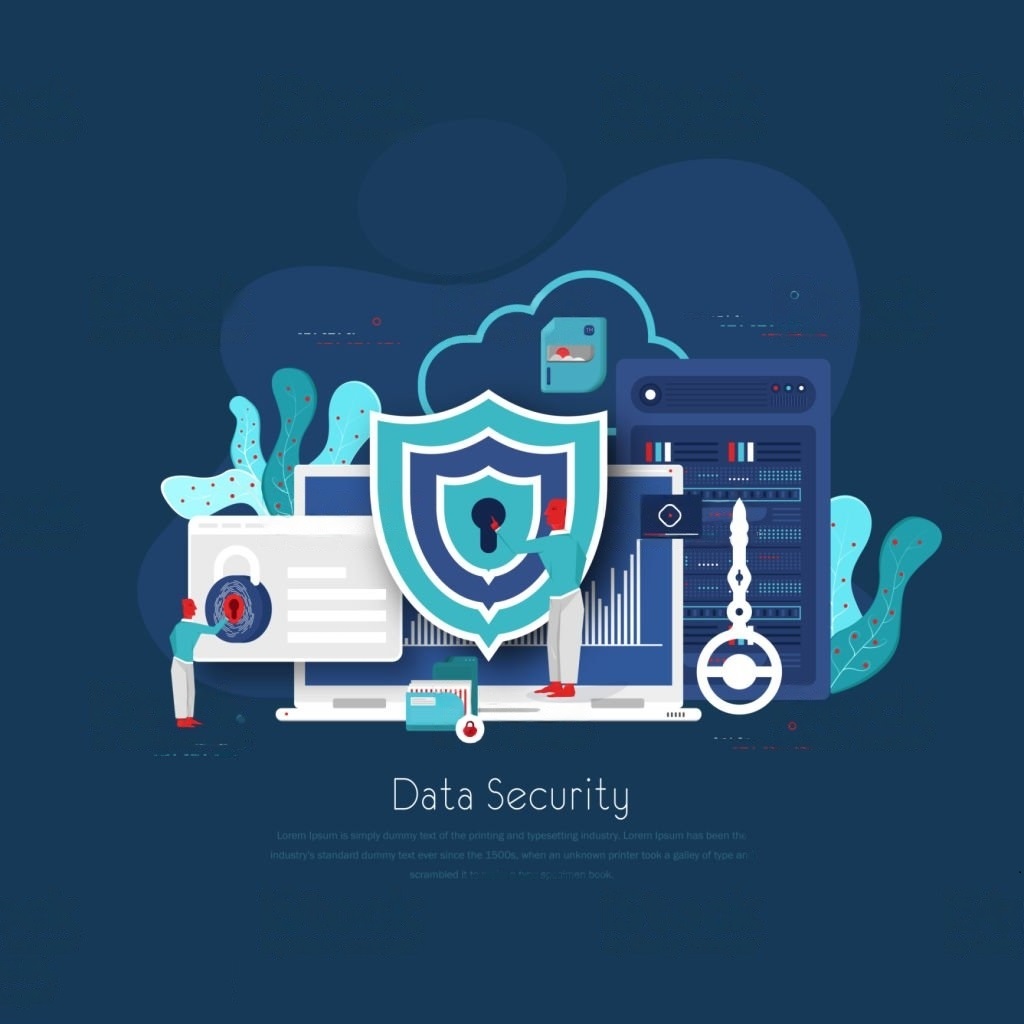Hello there, database enthusiasts! 
Today, we’re diving deep into the world of SQL security. Ensuring the safety and integrity of your data is crucial, and we’ve got you covered.
This article will explore the key aspects of SQL security: authentication, authorization, and encryption, providing examples and tips along the way. So, buckle up and let’s get started!
Authentication: Confirming User Identity
The first line of defense in SQL security is authentication. It involves verifying the identity of users attempting to access the database. Two primary methods exist:
- SQL Server Authentication: In this method, the database server maintains its own set of usernames and passwords. Users must provide valid credentials to access the server.
Example:
CREATE LOGIN JohnDoe
WITH PASSWORD = 'StrongP@ssw0rd';
In the example above, we create a new SQL Server login for user “JohnDoe” with a strong password.
- Windows Authentication: This method leverages the Windows Active Directory infrastructure for authentication. Users are authenticated by their Windows domain credentials.
Remember, always enforce strong password policies and consider using Multi-Factor Authentication (MFA) for added security.
Authorization: Defining User Privileges
Once authenticated, we need to ensure that users have the appropriate access levels.
This is where authorization comes in. You can grant or deny permissions for various database objects (e.g., tables, views, and stored procedures) and actions (e.g., SELECT, INSERT, and UPDATE).
Example:
-- Grant SELECT permission on the 'employees' table to 'JohnDoe'
GRANT SELECT ON employees TO JohnDoe;
It’s essential to follow the principle of least privilege, granting only the necessary permissions for a user’s role. This minimizes the risk of unauthorized access or manipulation.
Encryption: Protecting Data at Rest and in Transit
Encryption is the process of converting readable data (plaintext) into an encoded format (ciphertext) that can only be deciphered using a secret key.
It’s a critical component of SQL security, protecting data both at rest (stored on disk) and in transit (transmitted over a network).
- Transparent Data Encryption (TDE): TDE encrypts the entire database at the file level. It’s transparent to users, requiring no changes to applications or queries.
Example:
-- Enable TDE on the 'HR' database
USE master;
GO
ALTER DATABASE HR
SET ENCRYPTION ON;
- Column-Level Encryption: This method encrypts specific columns within a table, useful for protecting sensitive data like Social Security numbers or credit card information.
Example:
-- Encrypt the 'credit_card' column in the 'customers' table
CREATE COLUMN ENCRYPTION KEY MyColumnKey
WITH VALUES
(
COLUMN_MASTER_KEY = MyMasterKey,
ALGORITHM = 'AEAD_AES_256_CBC_HMAC_SHA_256',
ENCRYPTED_VALUE = 0x0123456789ABCDEF
);
- Secure Sockets Layer (SSL) / Transport Layer Security (TLS): These protocols encrypt data transmitted between the database server and clients, ensuring secure communication.
To enable SSL/TLS, you’ll need a valid SSL certificate, properly configured server settings, and client applications supporting encrypted connections.
Final Thoughts
Ensuring robust SQL security requires a multi-faceted approach, including authentication, authorization, and encryption. By carefully implementing these measures, you can effectively protect your database from unauthorized access and malicious attacks.
Keep exploring and refining your SQL security knowledge. Remember, knowledge is power, and in this
case, knowledge is security! 
Happy securing!
Thank you for reading our blog, we hope you found the information provided helpful and informative. We invite you to follow and share this blog with your colleagues and friends if you found it useful.
Share your thoughts and ideas in the comments below. To get in touch with us, please send an email to dataspaceconsulting@gmail.com or contactus@dataspacein.com.
You can also visit our website – DataspaceAI







